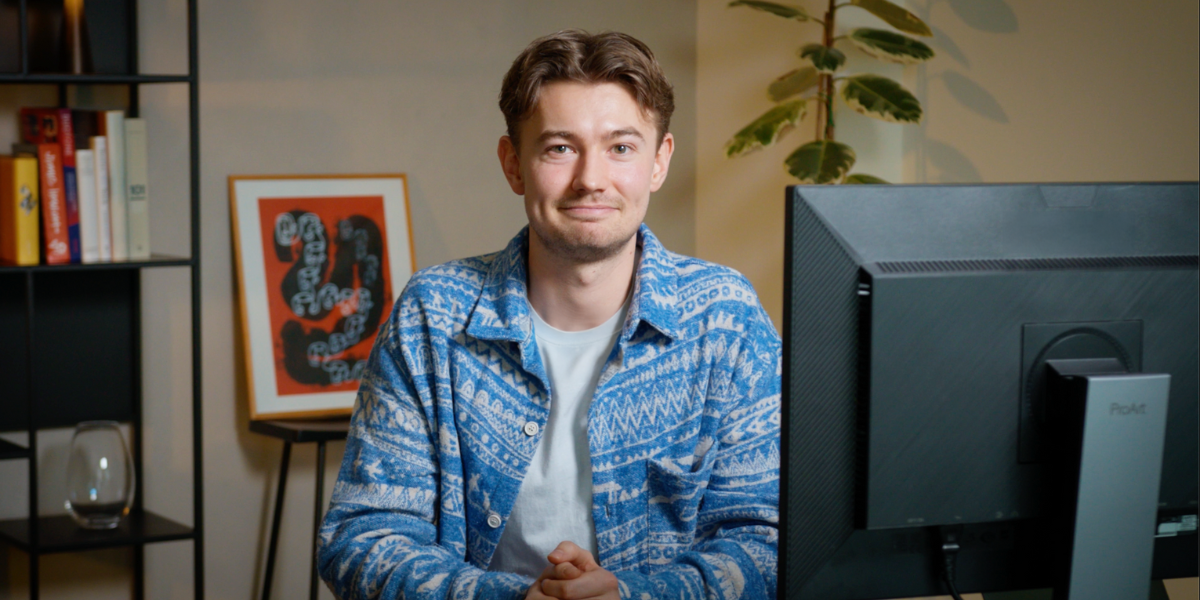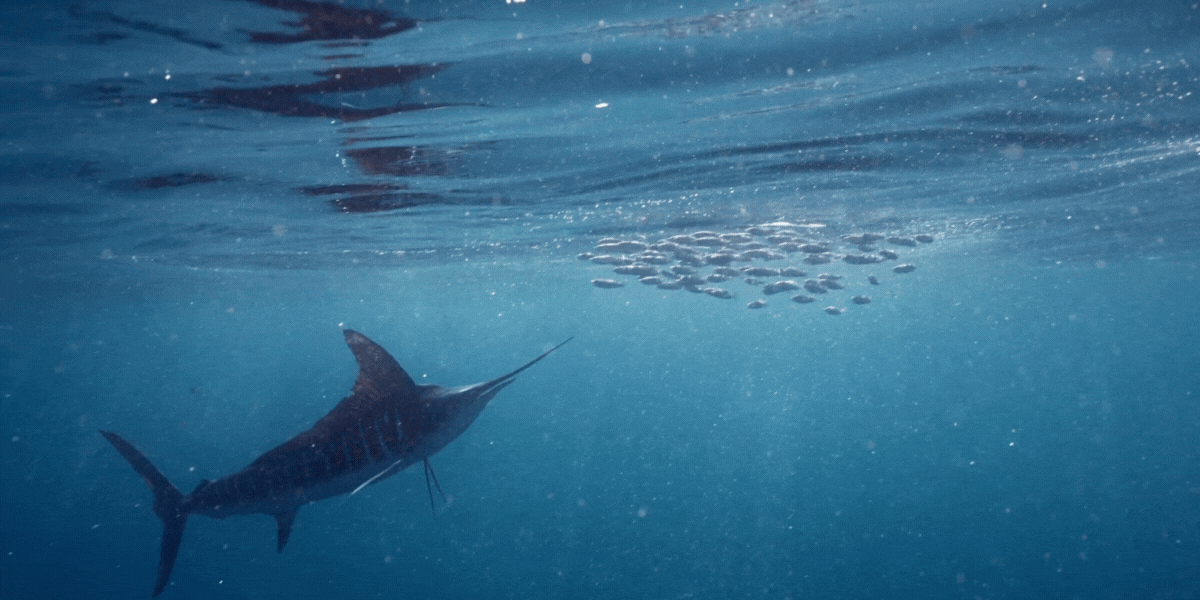Être créatif de manière constante est l’un des plus grands défis de la vie d’artiste.
Il est difficile d’être pleinement présent dans votre vie quotidienne — faire la lessive, vous brosser les dents, cuisiner et nettoyer — et également d’atteindre les endroits les plus créatifs en vous et de créer quelque chose à partir de rien.
Après tout, on ne peut pas programmer l'inspiration comme un rendez-vous chez le médecin. C'est un peu comme essayer de capturer la foudre dans une bouteille.
Alors, comment concilier vie professionnelle et vie d'écrivain créatif ? Comment continuer à créer quand on ne se sent pas vraiment créatif ?
Creusons le sujet.
Dans cet article, vous apprendrez :
- Vivons-nous une crise de créativité ?
- La véritable relation entre l'écrivain et sa muse
- La vérité du stéréotype de l'écrivain-ermite
- L'art absorbant pour l'inspiration
- Le pouvoir des invites d'écriture
- Le rôle du perfectionnisme dans votre pratique d'écriture

Vivons-nous une crise de créativité ?
Bien qu'il puisse être difficile d'évaluer la créativité, les techniques dont nous disposons disent toutes la même chose : la créativité est en souffrance . En fait, on observe une baisse constante des résultats aux tests de créativité depuis les années 1990.
Plusieurs raisons sont considérées comme étant à l’origine de cette tendance, mais une chose est claire : il est plus important que jamais que nous cherchions comment favoriser la créativité dans nos propres vies.
N'attendez pas votre muse
Allons-y et démystifions un mythe majeur dès maintenant : l’inspiration peut frapper comme l’éclair, mais cela ne signifie pas que vous devez attendre cet éclair avant de vous asseoir pour écrire.
En fait, nous soutenons que la créativité ne consiste pas à attendre une étincelle divine. Nous pensons que c'est tout le contraire.
Écrire 500 mots alors que vos doigts sont encore fatigués de faire la vaisselle ? C'est ça, la vraie créativité. C'est facile d'être créatif quand on reçoit cette révélation d'en haut. Mais les vrais artistes sont ceux qui peuvent finir leurs impôts et se mettre immédiatement à écrire sur les dragons.
Vis un peu
Non, nous ne sommes pas prétentieux. Il existe dans le monde littéraire un mythe étrange et omniprésent selon lequel pour être un véritable écrivain, il faut être un solitaire ou un ermite.
Eh bien, devinez quoi ? Non seulement Wordsworth n'était pas vraiment un ermite, mais s'isoler du monde pourrait nuire à sa créativité. ( Sérieusement. Apprenez-en plus ici. )
Autrement dit : pour écrire, il faut vivre un peu !
L'art absorbant pour l'inspiration
Faulkner prônait la lecture avide comme fondement de l'écriture, la comparant à un charpentier apprenant auprès d'un maître. Stephen King soulignait que la lecture fournit aux écrivains les outils nécessaires pour devenir écrivains.
Et nous allons encore plus loin en vous suggérant de nourrir votre cerveau avec toutes sortes d'œuvres d'art différentes - des livres et des nouvelles aux médias visuels et à la musique - et également avec des expériences uniques.
Découvrez le concept de « rendez-vous d'artistes » de Julia Cameron pour commencer une pratique fantastique d'enchantement et de romance de votre propre cerveau.
Sujets d'écriture
Bien que les invites d'écriture soient souvent considérées comme des outils pour les débutants, nous sommes là pour vous dire qu'elles sont précieuses pour les écrivains de tous niveaux, y compris les professionnels chevronnés.
Lorsqu'on essaie d'être créatif de manière constante, il arrive qu'on doive s'asseoir et écrire alors que c'est la dernière chose qu'on a envie de faire. Les suggestions d'écriture offrent un point de départ facile pour surmonter le syndrome de la page blanche et la bonne vieille procrastination.
Le meilleur dans tout ça ? En utilisant simplement des suggestions pour démarrer, sans chercher à créer quelque chose de parfait, vous découvrirez que votre créativité est libérée comme jamais auparavant.
Surmonter le perfectionnisme
Les premiers jets sont intrinsèquement imparfaits. Vous nous entendrez le répéter sans cesse. (Et pas seulement nous ! L'auteure Anne Lamott a inventé le célèbre terme « premier jet raté ».)
Pourquoi répétons-nous cela si souvent ? Parce que notre cerveau est programmé pour éviter l'échec et rechercher la validation extérieure, ce qui entraîne une approche de l'écriture qui limite la créativité et freine les progrès.
Cette quête de perfection mine la créativité. Les écrivains doivent donc adopter un état d'esprit de développement personnel , se fixer des objectifs réalistes et séparer la rédaction de la révision.




























